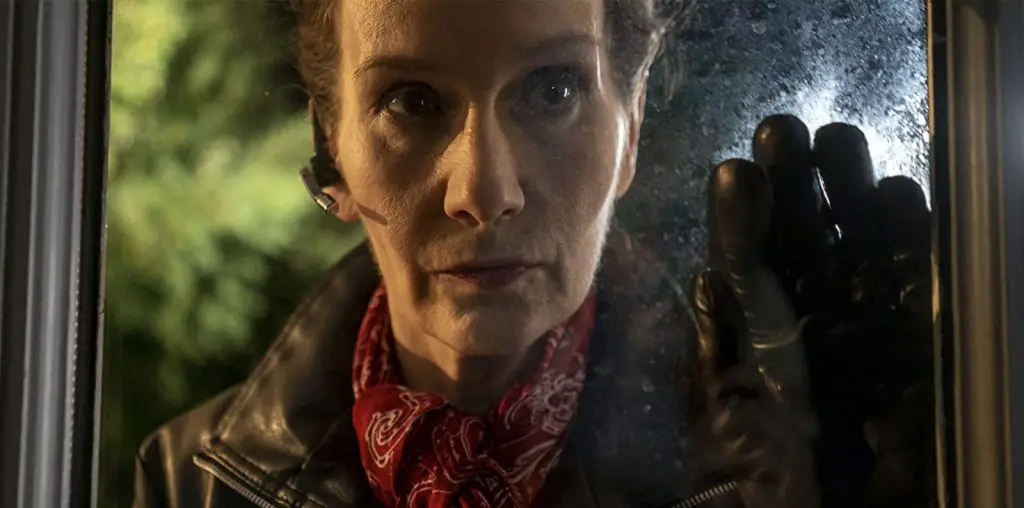
A Letter to Uncle Boonmee is not a stand-alone work. It comes as part of Apichatpong Weerasethakul’s Primitive project, a multi-platform exploration of the Nabua region of Thailand. As implied by its title, the 17-minute-long film serves as a sort of companion piece to Weerasethakul’s Palme d’Or-winning Uncle Boonmee Who Can Recall His Past Lives, a dreamy and ethereal evocation of the living, the dead, and the caught-between-worlds. In that role—and as an introduction to the entire project of which it is as part—A Letter to Uncle Boonmee underlines a few of Weerasethakul’s primary focuses. Notable among these is the idea of an imagined memory, of taking one’s conception of something—an uncle or a place, for instance—and shaping something tangible out of it. This is, in effect, what Weerasethakul seems to be doing not only in this film, but the entire Primitive project as well.
The lion’s share of the short film’s imagery comes in the form of a series of tracking shots through a house, the open doors of which give way to a view of the wild brush just beyond its walls. A hint toward the comfort of one’s own home and the unknowability of nature is compounded by a glimpse of the elusive monkey ghost of Uncle Boonmee Who Can Recall His Past Lives. Weerasethakul’s proclivity for intertextuality (Boonmee himself is indirectly referred to in Tropical Malady) makes thinking of one of his films in terms of his others not only alluring but useful: coming to understand how the two Boonmee films function and come together to form something resembling a whole is similar to piecing them together one at a time. The only difference is that, in this case, the pieces are bigger and more revealing.
Through voiceover, we hear two different men recite the same letter, one after another. “Uncle,” it begins, “I have been here for a while. I want to see a movie about your life, so I proposed a project about your reincarnations.” Weerasethakul is less interested in capturing the reality of the place and its memories than creating his own, though perhaps the two are not mutually exclusive. In so doing, he’s also speaking to the power of film. This is reflected in the letter which, though short, says much: “I don’t know what your house looked like. I cannot use the one in my script because it is so different from the ones here,” reads one line. Weerasethakul’s approach to film is not unlike that of a collagist; his work tends to function less as a direct narrative and more as a series of seemingly-disparate images, thoughts, and moods that, even when pieced together to the extent possible, remain largely inchoate. He’s more interested in asking questions than answering them.
Weerasethakul’s meandering camera eventually settles on a lone cow standing in the brush. After a long while, the animal slowly saunters off. When confronted by two opposing visions—the script and the reality—Weerasethakul seems content to let the need to reconcile the two similarly wander away and let the tranquility of such moments speak for themselves.
